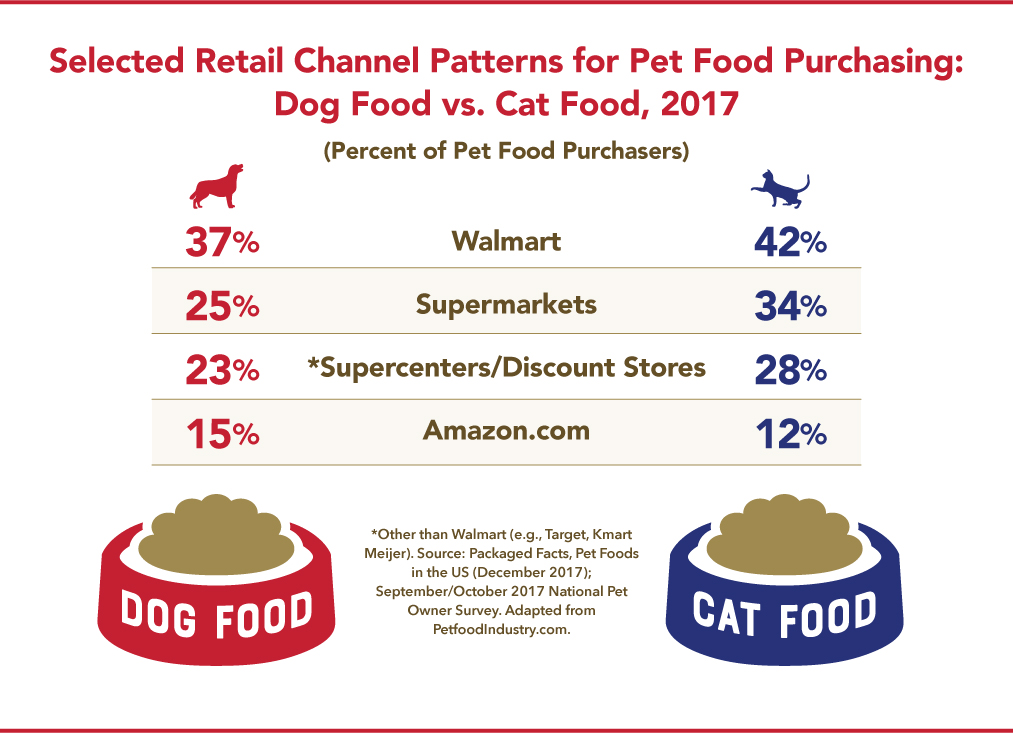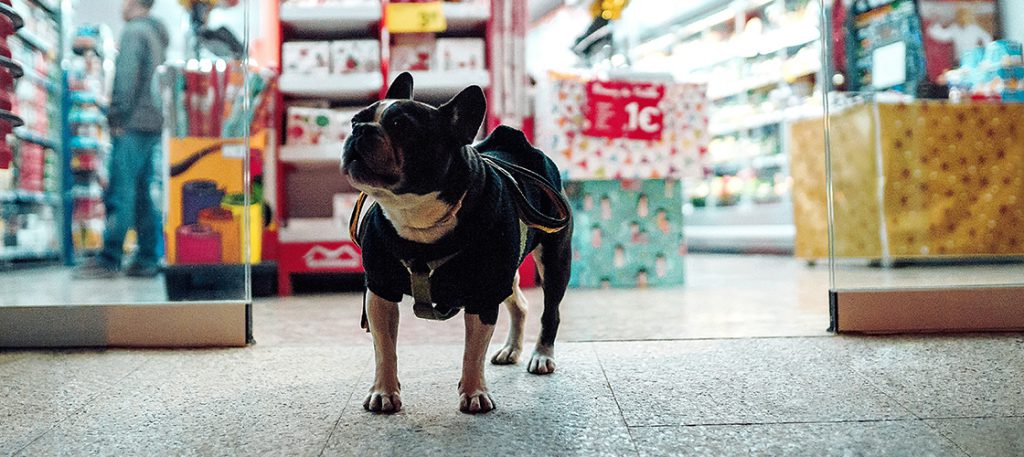A look at retailers who have found success in developing their own house brand and the consumer habits and market conditions driving this trend.
There’s no denying that online shopping has its perks. You can quickly compare prices, browse customer reviews and take your time in researching the best choice. But although e-commerce growth rates are on the rise, e-commerce currently represents less than 10% of total retail sales and is predicted to remain below 20% in 2022.
For the majority of Americans, the experience of shopping in a physical store is far from passé. Actually, for many products, it remains the preferred method of purchase. And the numbers add up. With the exception of Amazon, the top 10 retailers in the United States are brick-and-mortar stores – perhaps because, considering factors like shipping charges and easy returns, a store purchase still brings in more profit than an e-commerce order.
These data points illuminate why more and more retailers are vying for the business of their own store customers. In this blog, we’ll look at what retailers stand to gain in developing a private label program – and why it should include a house-brand pet food.
Private Label: Leverage in a Competitive Market
Kirkland. Simple Truth. Market Pantry.
Retailers like Costco, Kroger and Target have made investments in developing house-brand lines that encompass everything from grocery staples and hygiene products to boxed wine. Kroger’s private brand operation raked in $23 billion last year – up from $15 billion in 2012. That’s more than a quarter of its total grocery sales excluding fuel and pharmacy. Even the king of e-commerce, Amazon, has made the strategic play to purchase Whole Foods, along with its well-known 365 product line.
Of course, all big business moves require an investment, but often a modest amount of capital is all that’s needed to establish a successful house brand. Sales and marketing can be handled on a smaller scale. In addition, many retailers already have the infrastructure needed to get a private label program off the ground. Costs can be further contained through the use of company-owned factories, well-tended relationships with industry partners or cost-efficient arrangements with contract manufacturers.
With these costs in check, the return on investment of a private-label program is clear. Retailers have the leeway to experiment with introducing new, more premium products to the market while offering other, more essential items at a steady, affordable price that is competitive and more profitable than national brands. Importantly, having a private label program also grants retailers the power to adjust price based on market conditions. This can be a powerful lever to pull. Becoming the exclusive source of a popular, consistently cost-effective line of products can facilitate healthy pricing competition among name-brand alternatives while inspiring a new kind of brand loyalty among customers.
Why Private Label Pet Food
The advantages of developing a private label program are clear, but where does pet food fit into the mix? According to a Packaged Facts report, 88% of dog owners and 93% of cat owners purchased pet food in a store in the last 12 months. In fact, 76% of dog owners and 81% of cat owners purchase all of their pet food in a brick-and-mortar store with no online pre-ordering.
How this breaks down among pet specialty stores versus mass retailers often depends on location. PetfoodIndustry.com recapped a December 2017 report that found that pet owners in the top 14 metro areas are almost one-fourth more likely than average to buy pet products at pet superstores or online. Meanwhile, customers outside of the top 50 metro areas are significantly more likely to buy at supermarkets and drug stores.

Currently, Walmart maintains a big piece of the pie among dog and cat food purchasers, but supermarkets and supercenters are close behind. What will it take for traditional grocers to advance in the pet food market? The success of Rachel Ray’s nutrient-packed, supermarket-friendly Nutrish® brand may offer some insights. As the fastest growing pet food brand of 2016, Nutrish® broke new ground by offering up a “premium,” on-trend product in a mass retailer setting.
Is it as simple as “build it and they will come?” Learn more in our next blog, where we’ll examine the building blocks of a successful private-label pet food brand.
